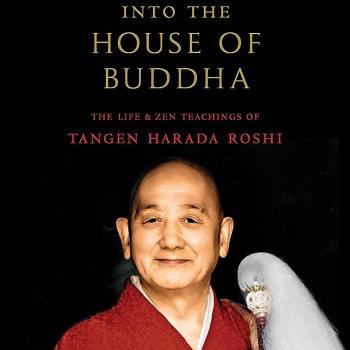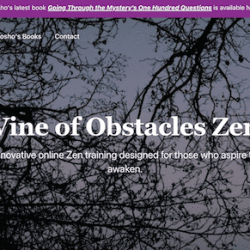A fun thing about this stage in the transmission of dharma to the global culture is the on-going conversation regarding the who, what, and how of Zen.
As a thread in that fabric, James Ford has woven together some posts by Jiryu, Brad Warner, myself and added his clear thinking to boot. Check it out.
I’ve written here about the topic quite a bit. Here’s one post from last year: What the Heck is a Zen Priest?
Anyway, James characterizes something I’d written as follows: “For Dosho, if I correctly characterize his point, ordination was a step along the way of practice. It has its own currents, mostly going on beneath the waves. He specifically questioned the point of a ministerial aspect to ordination.”
Well, that’s sorta what I wanted to say. Let me try again.
Soto Zen priest practice is one way of digging into the heart of the matter (a.k.a., the genjokoan) so that the practitioner can then express the heart of the matter through the Soto Zen priest art forms – walking, sitting, standing, lying down.
The priest lifestyle can then be, as Hakuin says commenting on Dongshan’s Heat and Cold koan, “… a pearl that lights up the night, presented along with a tray and all.”
Being a Zen priest isn’t just about the pearl or just about the tray.
Zen training is about becoming a mature human being, about spiritual security actualized in daily life, not primarily about being a minister and/or teacher (lay or priest) – although it might include that and I hope that it does for me again (when I graduate from Child-Raising U).
When being a priest becomes primarily about the tray in the form of a career path, our life can easily careen off course. I’ve been there, baby. Danger!
We’re true to the various ordinations – receiving the precepts, homeleaving (a.k.a., priest ordination), lead practitioner, and the three aspects of dharma transmission – when the ritual reflects what’s already going on in the person’s practice.
And we’re almost always not quite right, a bit off course, growing into our ideal image of human life.
When we ourselves can stand upright, then we can really offer the ordination to someone else, not primarily as a minister but as a mature human being. Otherwise, it’s a wobbly approximation.












